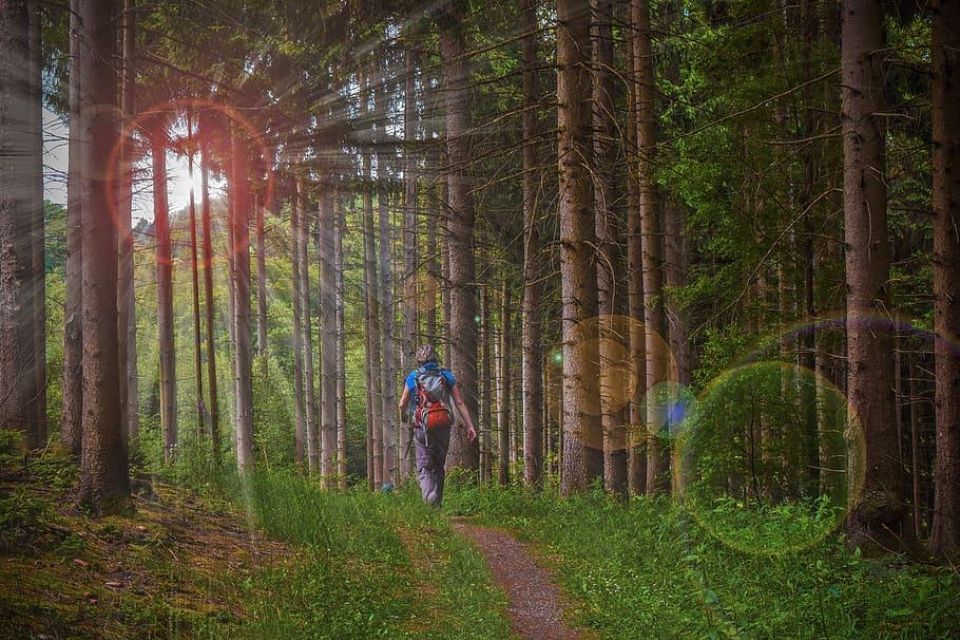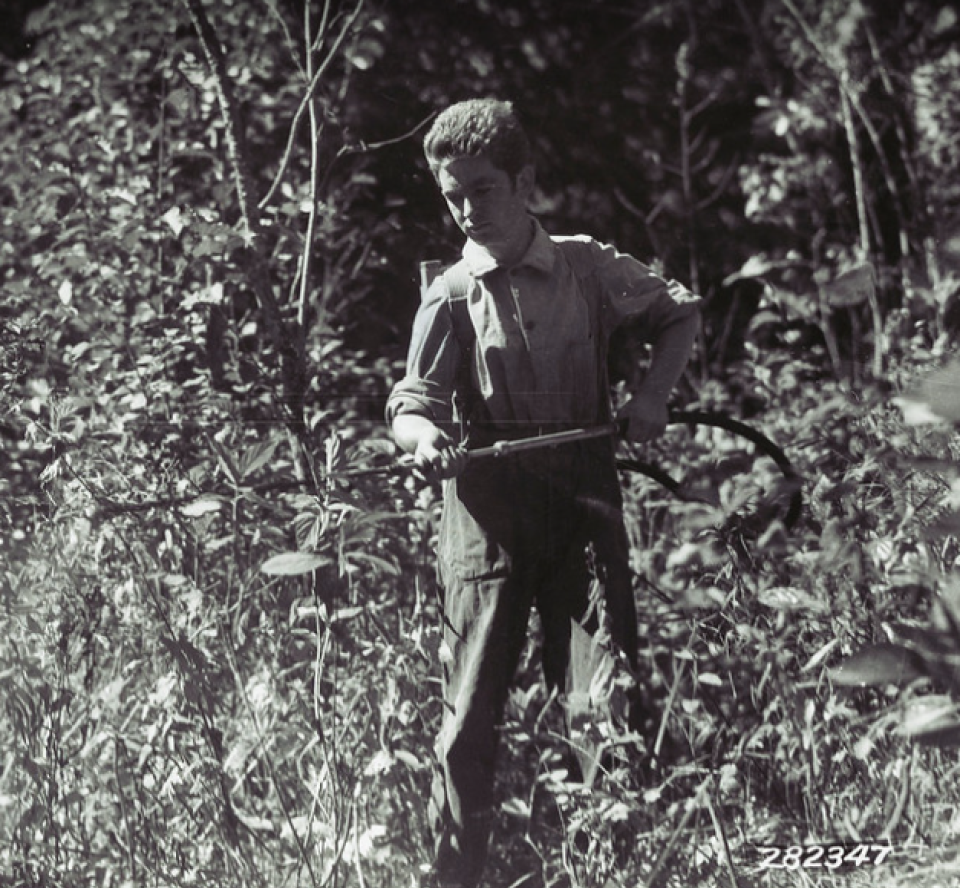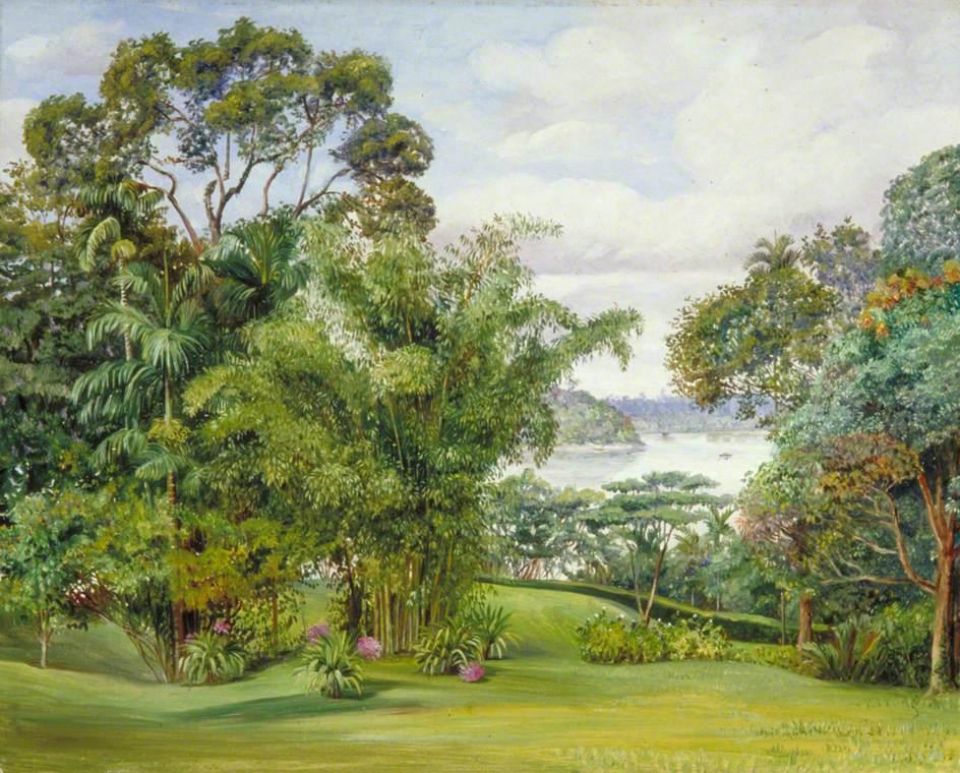Forests for Health

Trees for Cities supporter Diane Gabriel provides us with an insightful and historical explanation on why urban forests can provide health benefits for all.
Back then...
In 1929, the United States faced one of its most severe economic downturns known as The Great Depression, causing price deflation, mass unemployment and disruptive banking policies that left the population with little to be pleased about.
Poverty and homelessness rates quickly followed and American voters mobilized in support of Franklin D. Roosevelt's 'New Deal' for the 'forgotten man' - legislation aimed to bring economic relief and reform.
One prominent outcome was the Civilian Conservation Corps (CCC), which provided young unmarried men with temporary jobs within National Conservation work. They planted trees, built flood barriers, fought forest fires and maintained forest roads and trails, generating an output of 650,000 miles of road, 125,000 public buildings, 75,000 bridges and 8,000 recreational parks for the public's benefit.
Government spending in social programs that focused on restoring outdoor spaces for recreation paid off on a national scale, and in 1962 President Kennedy commissioned the Bureau of Outdoor Recreation, which promoted spending time in nature as a "national focus." The idea was that by simply getting outdoors, individuals were doing their duty to the country in its rebuilding.

NOW...
Fast forward to 2023, in a post-pandemic and constantly warming world, many countries have realised the critical importance of natural spaces to the health of individuals, a society's social pliability under stress and a country's infrastructure.
A nation's ability to tackle modern challenges is reflected in how well it manages its natural resources, and in turn, how rich in biodiversity and quality of life its inhabitants are, including the human, plant, and animal kingdoms.
Notably, the United Kingdom has produced some of the most famous artists who loved nature, such as Marianne North, who "recorded the world's flora with her paintbrush," creating a total of 848 paintings from 16 countries, Marjorie Blamey, who was called the "finest living botanical illustrator," and William Wordsworth and John Muir, who transformed the way the public viewed the Lake District and Redwood Forests through their writings.
These examples, among many others, show that a great deal of effort and passion has gone into educating, sharing, painting, protecting, and proliferating the idea that spending time in nature is good for individuals and for the greater circle of those willing and curious enough to partake in it.

'FOREST MEDICINE'
In recent years, science and medicine have started to quantify the benefits of spending time in nature, joining the ranks of artists and conservationists who have long recognised its positive effects. Researchers are now focused on obtaining data that can rival that of studies conducted for medicines and new therapies, and the robust data output required.
American, British, and Japanese physicians can now prescribe time outdoors through programs like Park RX America, Green Social Prescribing, and Shinrin-yoku “Forest bathing”, which have already demonstrated positive outcomes and garnered wider support.
Forest Medicine is a new field of medicine devoted to studying nature and forest-derived treatments for health, welfare, and integrated medical care. It has generated scientific data on the benefits of spending time in forest environments, including stress reduction, while also creating an integrative bridge between medicine, environment, and social care, paving the way for future applications and programs.

But how much time is required to be spent in nature to reap the health benefits? A 2019 study of 19,806 participants found that the optimal time for health benefits is 200-300 minutes per week, or roughly 28-48 minutes per day.
Time spent in natural spaces doesn't necessarily have to be highly active. Simply being in a natural environment away from the overstimulation of heavily industrialized indoor spaces can be enough to refresh those who are feeling deprived of nature.
2 hours
a week spent with nature can improve our health.
Throughout history, taking care of green spaces has been shown to increase individuals' ability to cope with stress and generate pathways to a healthy population and thriving nation. Scientific studies have revealed that breathing in forest air has physical benefits at a cellular level, showing that trees do indeed “breathe new life” into spaces, with many more potential benefits waiting to be discovered and revealed.
By pledging to protect, and enlarge our green spaces and forest habitats, we can ensure the well-being of ourselves, our society, and the wonderful wildlife that surrounds us.
A spotlight on conifers!
Conifers are an ancient group of plants that have been around for over 300 million years, including species such as cedars, firs, cypresses, junipers, kauri, larches, pines, hemlocks, redwoods, spruces, and yews. With approximately 810 species found worldwide, almost 40% of the planet's forest cover is made up of conifers.
These plants have played a crucial role in the health of our planet in the past and are critical to our survival in the future. Unfortunately, many conifer species are in danger due to forest clearing and over-harvesting for wood. However, in urban areas, conifers, along with trees like the London Plane, have been found to be the best species for sound absorption, with the additional benefit of reducing pollution.
Donate to Trees for Cities and together we can help cities grow into greener, cleaner and healthier places for people to live and work worldwide.
Donate